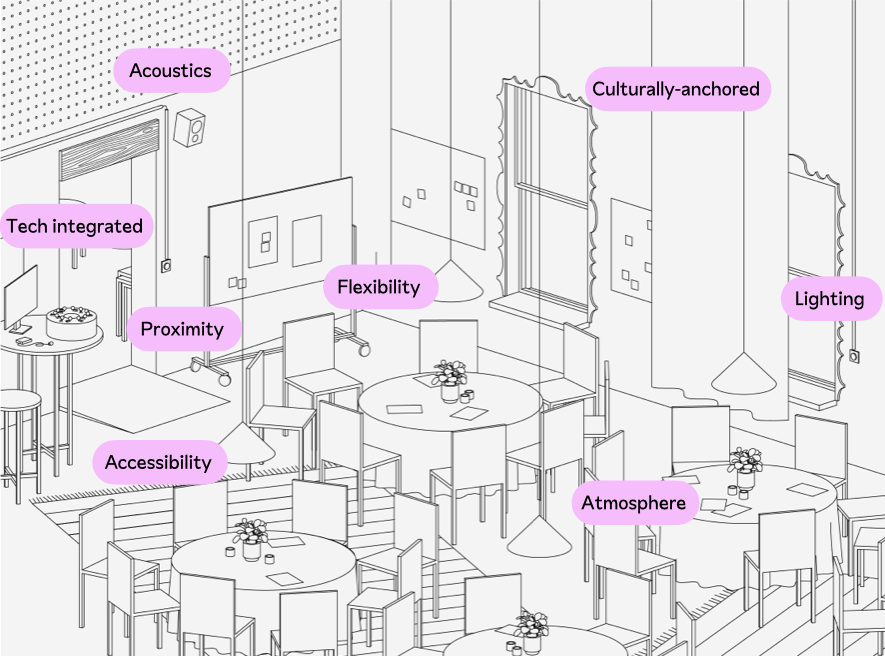Essay by Julia Angwin and Ami Fields-Meyer: “…Heimans points to an increasingly hostile digital landscape as one barrier to effective grassroots campaigns. At the dawn of the digital era, in the two-thousands, e-mail transformed the field of political organizing, enabling groups like MoveOn.org to mobilize huge campaigns against the Iraq War, and allowing upstart candidates like Howard Dean and Barack Obama to raise money directly from people instead of relying on Party infrastructure. But now everyone’s e-mail inboxes are overflowing. The tech oligarchs who control the social-media platforms are less willing to support progressive activism. Globally, autocrats have more tools to surveil and disrupt digital campaigns. And regular people are burned out on actions that have failed to remedy fundamental problems in society.
It’s not clear what comes next. Heimans hopes that new tactics will be developed, such as, perhaps, a new online platform that would help organizing, or the strengthening of a progressive-media ecosystem that will engage new participants. “Something will emerge that kind of revitalizes the space.”
There’s an oft-told story about Andrei Sakharov, the celebrated twentieth-century Soviet activist. Sakharov made his name working as a physicist on the development of the U.S.S.R.’s hydrogen bomb, at the height of the Cold War, but shot to global prominence after Leonid Brezhnev’s regime punished him for speaking publicly about the dangers of those weapons, and also about Soviet repression.
When an American friend was visiting Sakharov and his wife, the activist Yelena Bonner, in Moscow, the friend referred to Sakharov as a dissident. Bonner corrected him: “My husband is a physicist, not a dissident.”
This is a fundamental tension of building a principled dissident culture—it risks wrapping people up in a kind of negative identity, a cloak of what they are not. The Soviet dissidents understood their work as a struggle to uphold the laws and rights that were enshrined in the Soviet constitution, not as a fight against a regime.
“They were fastidious about everything they did being consistent with Soviet law,” Benjamin Nathans, a history professor at the University of Pennsylvania and the author of a book on Soviet dissidents, said. “I call it radical civil obedience.”
An affirmative vision of what the world should be is the inspiration for many of those who, in these tempestuous early months of Trump 2.0, have taken meaningful risks—acts of American dissent.
Consider Mariann Budde, the Episcopal bishop who used her pulpit before Trump on Inauguration Day to ask the President’s “mercy” for two vulnerable groups for whom he has reserved his most visceral disdain. For her sins, a congressional ally of the President called for the pastor to be “added to the deportation list.”..(More)”.

